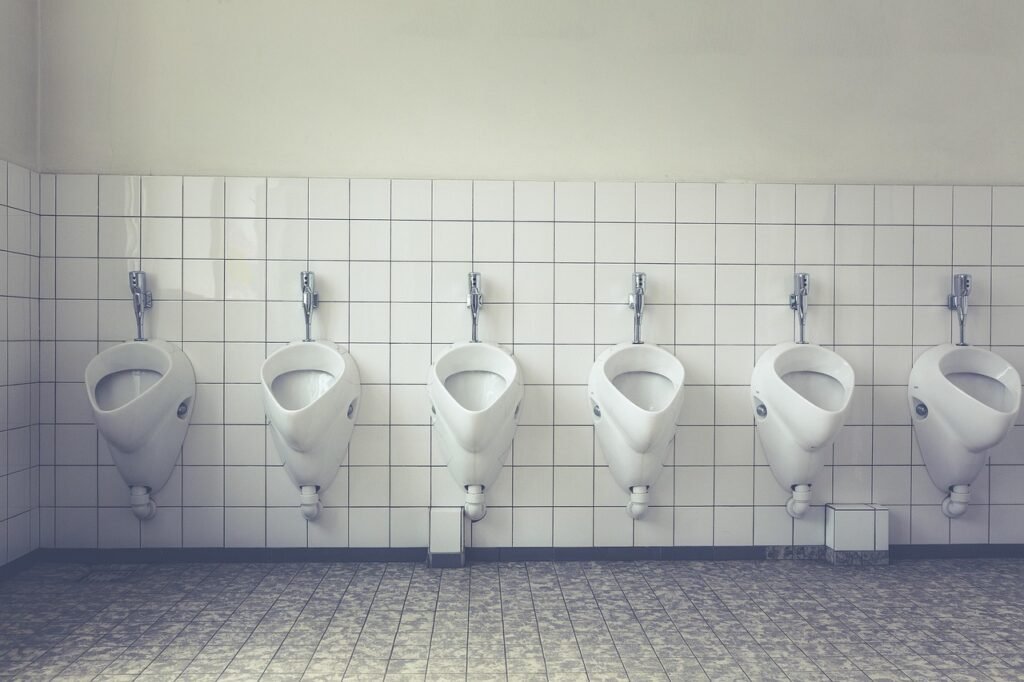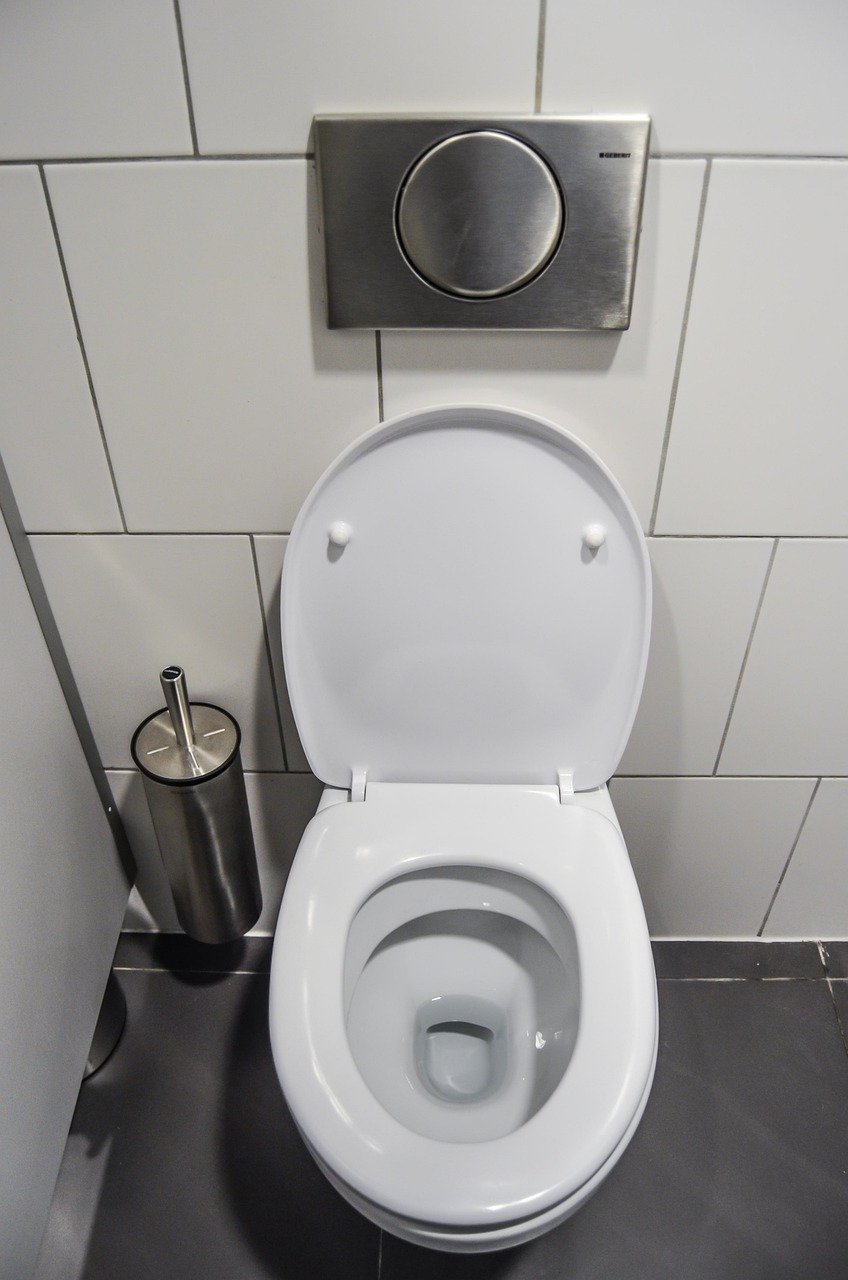Public toilets often make people uneasy. The smell, stains on the seat, or just the thought of how many people used it before you can be unsettling. Many of us go out of our way to avoid touching the seat – covering it with paper, squatting, or even flushing with a foot. But the real question is: can you actually catch diseases from sitting on a toilet seat? Let’s find out what science says.
The Risk of Catching Diseases from Toilet Seats
Experts agree that the chance of catching serious diseases just by sitting on a toilet seat is extremely low. Most infections, including sexually transmitted diseases, cannot survive long on hard surfaces like plastic or steel. Viruses like gonorrhea and chlamydia need direct body contact or fluids to spread. Bloodborne infections and urinary tract infections are also highly unlikely from toilet seats.
Exceptions That May Survive Longer
Some viruses can live longer outside the body. Human papillomavirus (HPV), which causes warts, may survive for days on surfaces, but transmission through a toilet seat is still rare. Herpes virus might theoretically survive if the skin is broken, but experts say the risks remain very low.

The Real Threat in Toilets
The bigger problem is not the seat itself but what you touch with your hands. Germs such as E. coli, Salmonella, norovirus, and Streptococcus are found on toilet handles, flush buttons, sink taps, and even the bathroom floor. Norovirus, for example, can survive on surfaces for months and only a small number of particles are enough to make someone sick.
The Toilet Plume Effect
Flushing a toilet creates a spray of tiny droplets, sometimes called a “toilet sneeze”. These droplets can land on surrounding surfaces, including the floor, handles, and even your clothes. Studies suggest that up to half of the germs in the bowl can become airborne during a flush.
Habits That Increase Risk
- Covering a toilet seat with paper does not block germs because paper is porous.
- Squatting may cause bladder strain and even increase the risk of urinary tract infections.
- Using phones in toilets can spread germs further since phones pick up sprayed particles.
How to Stay Safe in Public Toilets
- Wash your hands for at least 20 seconds after using the toilet.
- Use hand sanitizer after washing for extra protection.
- Touch fewer surfaces when possible, and avoid setting personal items on the floor.
- If possible, flush and step away quickly to reduce contact with the toilet plume.
- Clean home toilets at least every three days, since studies show home bathrooms are often dirtier than public ones.
The fear of catching a disease directly from sitting on a toilet seat is mostly unnecessary. The real danger comes from touching contaminated surfaces and then touching your face and mouth. Good hygiene practices, especially proper handwashing, are your best protection. So, instead of worrying about the seat itself, focus on keeping your hands clean.


















